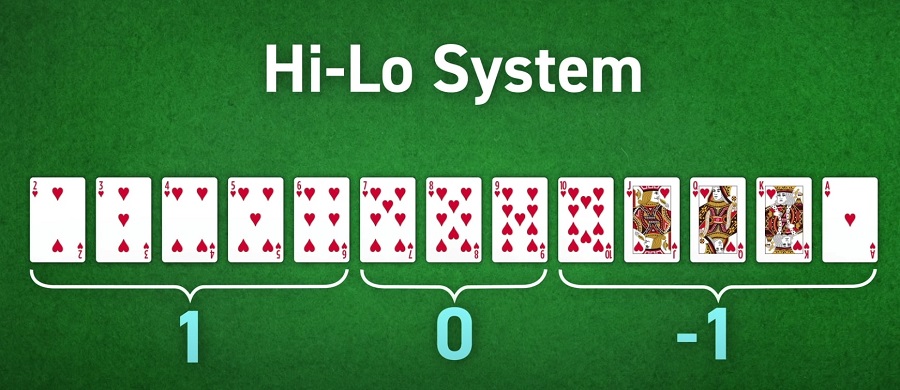
Unlocking the Secrets of Card Counting in Blackjack
Card counting in Blackjack has fascinated players for decades as a means to tilt the odds in their favor. This article delves into the history of Blackjack, the strategy of card counting, detailed methods for effective card counting, and concludes with an overall assessment of its impact and legality in the game of Blackjack.
What is Blackjack: A Brief History
Blackjack, also known as 21, is a popular card game with a rich history. Originating in French casinos around 1700, the game was called ‘Vingt-et-Un’ (Twenty-One). It gained popularity in the United States in the 19th century, where it was renamed Blackjack due to a special bet involving the Ace of Spades and a black Jack.
The game’s objective is to beat the dealer’s hand without going over 21. It combines chance with skill, making it a favorite among strategic players. Blackjack has evolved over the years, with various rules and strategies developing, including the practice of card counting.
Understanding the Strategy of Card Counting
Card counting in Blackjack is a strategy used to track the high and low-value cards dealt from a deck to gain a statistical advantage over the casino. The principle behind card counting is that a deck rich in high cards (10s and Aces) increases the probability of Blackjack for the player, while a deck abundant in low cards favors the dealer.
Several card counting systems exist, ranging from simple to complex. The most common is the Hi-Lo system, which assigns a value of +1, 0, or -1 to each card dealt.
Implementing the Card Counting Strategy
To use card counting effectively, players must keep a running count throughout the game, adjusting their betting strategy based on the count. A positive count indicates more high cards remain in the deck, favoring larger bets.
How to Count Cards Correctly
Counting cards requires practice and concentration. Start by familiarizing yourself with a single card counting system, like the Hi-Lo. Practice by going through a deck of cards and keeping a running count. The key is to be quick and accurate.
Beyond the running count, advanced counters use a ‘true count,’ which factors in the number of decks remaining. This requires dividing the running count by the number of decks left in the shoe.
Maintaining Stealth While Counting
It’s important to count cards discreetly. Casinos watch for counters, so it’s crucial to blend in. Vary your bet sizes naturally and avoid obvious patterns in your play.

Legal Considerations and Challenges
While not illegal, card counting is frowned upon by casinos. If suspected of counting, you may be asked to leave or barred from playing Blackjack. Understanding the legal and ethical considerations is essential for anyone interested in card counting.
Technological advancements like automatic shufflers have made card counting more challenging, but not impossible.
Conclusion: The Art and Science of Card Counting
In conclusion, card counting in Blackjack is both an art and a science. It requires skill, practice, and discretion. While it offers a statistical advantage, it also carries risks and challenges. As part of a broader strategy, card counting can enhance the Blackjack experience for strategic players looking to elevate their game.
